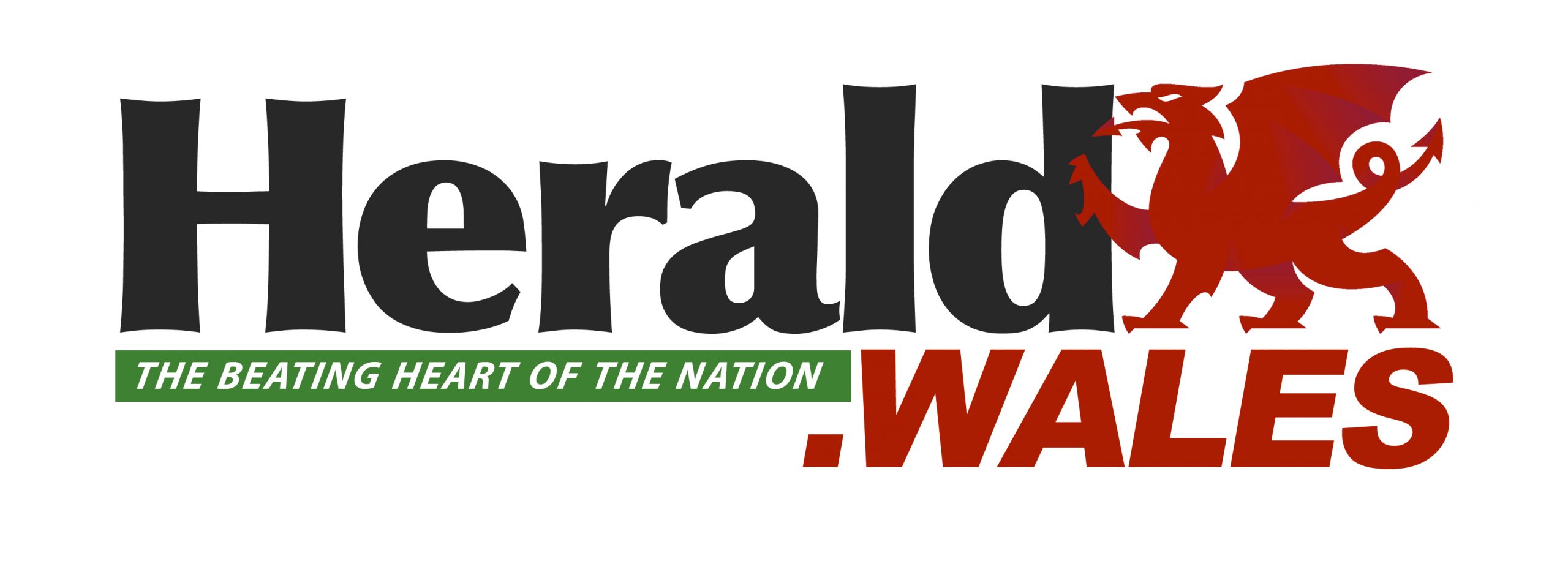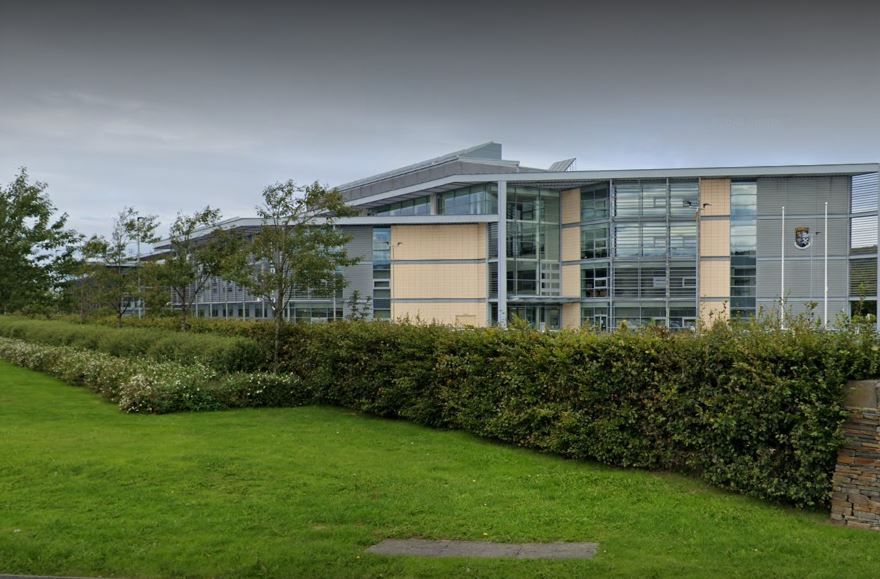SENIOR Ceredigion councillors are being asked to back a rise in the county’s second homes tax premiums to 100 per cent, with a further increase to follow.
Ceredigion currently has a 25 per cent premium on both second homes and empty properties, while neighbouring authority Pembrokeshire currently has a 100 per cent premium for second homes.
New Welsh Government local tax rules now allow local authorities being to collect council tax premiums on second homes and long-term empty properties at up to 300 per cent.
Ceredigion, and neighbouring Pembrokeshire, recently held public consultations on potential changes to second home and empty property council tax premiums, with senior Pembrokeshire councillors next week being asked to back a recommendation of ‘at least’ a 150 per cent premium in the case of second homes.
Members of Ceredigion County Council’s Cabinet, meeting on December 5, are recommended to back an increase in the premium on second homes in two tranches: to 100 per cent, effective from April 1 of next year, and to 150 per cent from April 1, 2025.
Members are also recommended to back increases in the empty properties tax premium, from the current 25 per cent, to 100 per cent for properties empty for up to five year, 150 per cent for five-ten years, and 200 per cent for over ten years.
Any Cabinet backing would take the form of a recommendation to the full council meeting of December 14, where a final decision would be made.
A report for Ceredigion Cabinet members says the recent public consultation saw 1,403 responses, the majority (72 per cent) of those not owning a long-term empty property thought it was appropriate to increase the premium; with a majority (85 per cent) of those owning such a property against an increase.
On second homes, just over half of respondents who did not own one thought an increase was appropriate, favouring an increase to 100 per cent, or even 150, with 94 per cent of second home-owners not wanting an increase.
“Clearly long-term empty property and second home owners did not generally support an increase in the council tax premium, but in both cases a majority of non-owners did,” the report says.
It concludes: “Addressing the issues of second homes, holiday homes ownership and the conversion of residential properties to holiday lets is a key priority within the council’s approved 2022-2027 Corporate Strategy.
“This and increasing the supply and range of options for affordable housing in Ceredigion forms a key part of the Corporate Wellbeing Objective – ‘Creating Sustainable, Green and Wellconnected Communities’.
“Ceredigion’s aspirations and policy objectives sit alongside WG’s policy intention with the Council Tax (Long-term Empty Dwellings and Dwellings Occupied Periodically) (Wales) Regulations 2022 legislation to aim to bring long term empty properties back into use and to increase the supply of affordable housing and to enhance the sustainability of local communities.
“Having given due regard to a range of factors, including (but not necessarily limited to) the outcome of the public consultation, the position of other local authorities and the views of the members’ cross party working group, the Cabinet believes that an increase in the council tax premium on both long-term empty properties and second homes would assist in achieving those policy objectives.
“Cabinet also believes that a tiered approach would be appropriate by considering the length of time that a property has remained empty in relation to long term empty properties and by bringing in a second homes increase over two financial years.”
Areas with the highest proportion of second homes in the county are mostly coastal, the highest being New Quay, with a 27.2 per cent rate, followed by Llangrannog 17.1, Borth 14.1, Pontarfynach 11, Penbryn 9.6, Aberaeron 9.1, and Aberporth 8.4.
Long-term empty properties were greatest in more urban areas: Aberporth 2.2 per cent, Aberystwyth 1.8, Cardigan 1.5, and Llandysul 1.5.

















